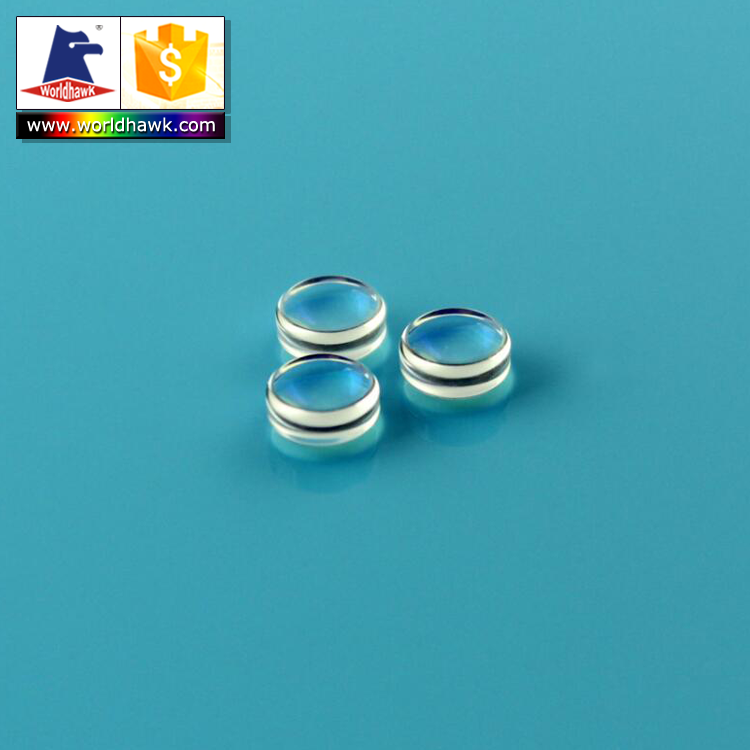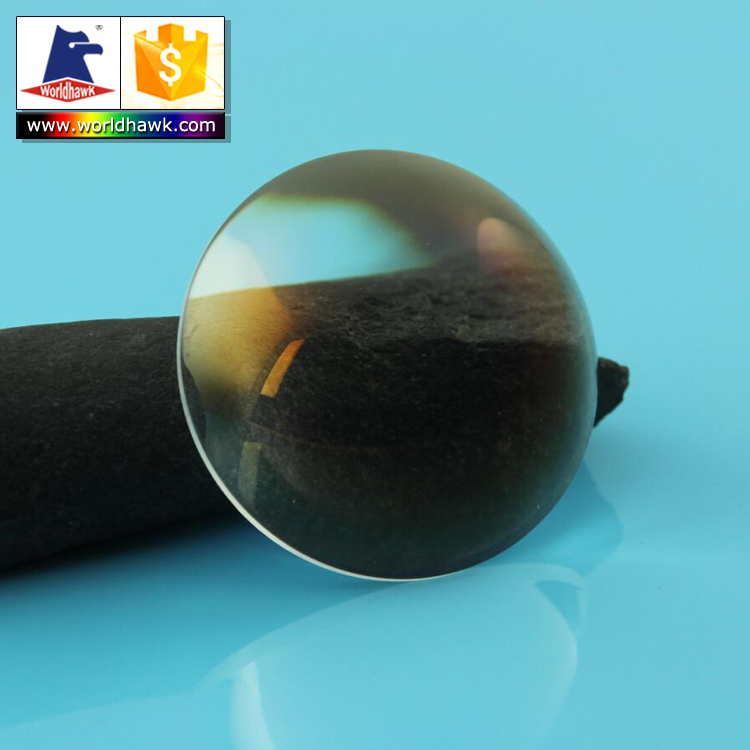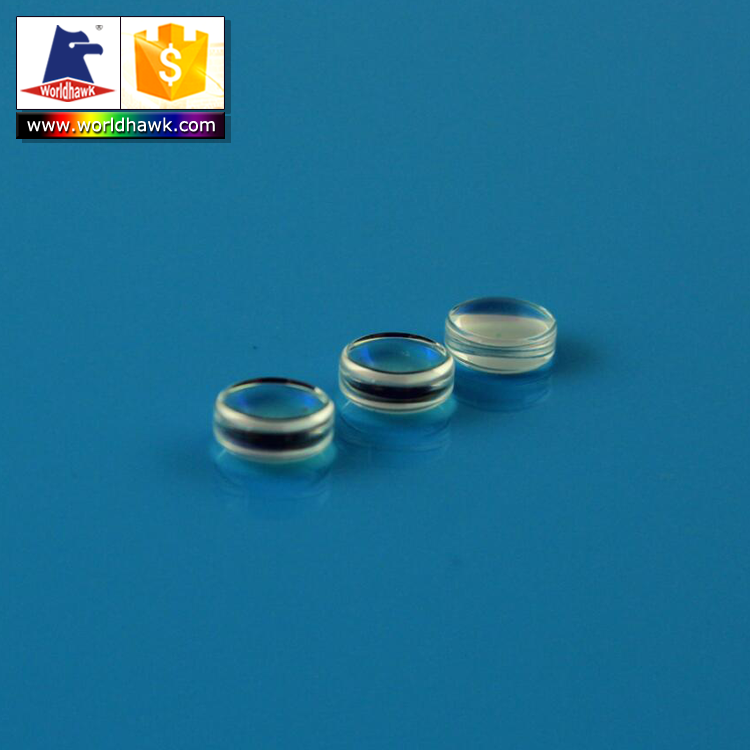 |
Embedded growth of Li2O2
Lithium-air batteries are considered to be potential power sources for electric vehicles due to their high theoretical energy density. The discharge product of lithium-oxygen batteries, lithium peroxide ( Li 2 O 2 ), is insulating and insoluble. Therefore, as the discharge progresses, the surface of the electrode is gradually passivated and the discharge is terminated. The formation of large-sized Li 2 O 2 contributes to delaying the passivation of the positive electrode surface, prolonging the discharge time, and increasing the battery capacity. However, large-sized Li 2 O 2 tends to randomly scatter on the surface of the electrode, and it is difficult to ensure effective contact with the electrode material, thereby limiting the battery's rate performance and energy efficiency. Therefore, it is urgent to realize the embedded growth of large-sized Li 2 O 2 in the electrode material.
Lan Xingbin, a researcher at the Laboratory of Clean Energy Chemistry and Materials, Lanzhou Institute of Chemical Physics, Chinese Academy of Sciences, cooperated with the State Key Laboratory of Oxo Synthesis and Selective Oxidization and related researchers at Jilin University to design self-supporting by matching metal oxides with different discharge characteristics. The carbon paper-manganese dioxide-cobalt tetroxide (CP-MnO2-Co3O4) composite electrode was used to study the coordinated discharge mechanism of the electrode material in the discharge process, and the embedded growth of the large size discharge product was realized.
The researchers first studied the discharge characteristics of single metal oxides. It was found that single-crystal α-MnO2 nanorods preferentially adsorbed Li+ when discharged, and their primary exposed surfaces (020) and (110) have very similar adsorption energy to superoxide (LiO2, discharge intermediates), which promotes Li 2 O 2 rapidly and uniformly nucleates on the surface of MnO 2 , and induces the formation of granular Li 2 O 2 ; polycrystalline Co 3 O 4 nanoplatelets preferentially adsorb O 2 during the discharge process, and the difference in adsorption energy of LiO 2 on different crystal faces is large, prompting Li 2 O 2 nucleates at the same time on the surface of Co 3 O 4 and the electrolyte, and finally produces film and lamellar discharge products at the same time.
Based on the above findings, the researchers used the electrochemical deposition method to load Co3O4 nanosheets on the α-MnO2 nanorod arrays. On the one hand, the deposition height of Co3O4 nanosheet arrays was significantly increased, the specific surface area was increased, and the discharge time was prolonged. on the other hand, when the Li 2 O 2 can be discharged quickly preferentially nucleate α-MnO2 surface of the α-MnO2 as nucleation sites for Li 2 O 2 and induces growth of the subsequent Li 2 O 2, Li 2 O 2 reached The dual effect of growing and delaying the surface passivation of Co3O4 from inside the composite electrode.
The design of the composite electrode realizes the synergistic effect of α-MnO2 and Co3O4 electrode materials in the discharge process, and achieves the embedded growth of large-size Li 2 O 2 in the electrode frame. Compared with the single metal oxide electrode battery, the battery using this electrode exhibits a higher specific capacity (~100mA g-1, the specific capacity is 4850mAh g-1, is the same conditions of the α-MnO2 and Co3O4 electrode More than 3 times), rate performance (600mAg-1, the specific capacity is still above 3500mAhg-1) and more excellent cycle performance (defined capacity of 1000mAhg-1, the cycle can be stabilized more than 50 times). The research work was recently published online on Advanced Science.
The above work has been funded and supported by the Lanzhou Institute of Chemical Industry's "1-3" key breeding project and the National Natural Science Foundation.
Why choose aspheric lens?
Aspherical Lens is a single optical component with one or two aspheric surfaces. An aspheric lens or asphere is a lens whose surface profiles are not portions of a sphere or cylinder. As optical systems are pushed to be better, faster, and cheaper, it becomes necessary to explore aspheric solutions. Aspherical elements eliminate monochromatic aberrations (e.g. spherical aberration) and improve focusing and collimating accuracy. The whole system will be smaller and lighter, and possibly cheaper than the multi-lens design.
Our Aspheric Lenses are made by grinding & polishing. So they are more precise than traditional mould pressed. And also the tooling cost for grinding & polishign would be cheap and small quantity order would be accept.
We can do:
Precision Polished Aspheric Lenses
Aspheric Condenser Lenses
Aspheric Cylindrical Lenses




Precision Polished Aspheric Lenses
Aspheric Lenses,Polished Aspheric Lenses,Optical Polished Aspheric Lenses,Precision Polished Aspheric Lenses
ChangChun Worldhawk Optics Co.,Ltd , https://www.worldhawk-optics.com